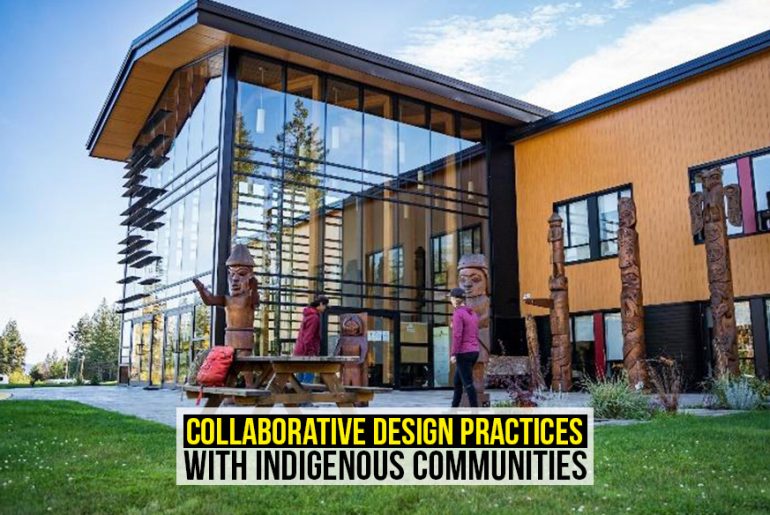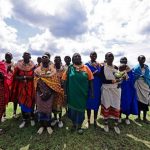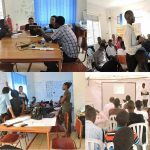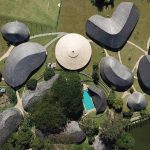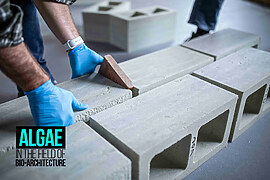According to the United Nations, indigenous communities are “people and nations which, having a historical continuity with pre-invasion and pre-colonial societies that developed on their territories, consider themselves distinct from other sectors of the societies now prevailing on those territories, or parts of them.” These groups are marginalized or left out in the economic transformation of cities and towns in the name of urbanization. By engaging and involving them to respect partnerships, designers, and community members, the architectural community can co-create spatial settings, reflect cultural values, and address pressing social, economic, and environmental challenges. The article explores the significance of design collaboratives with indigenous communities, highlighting the benefits.
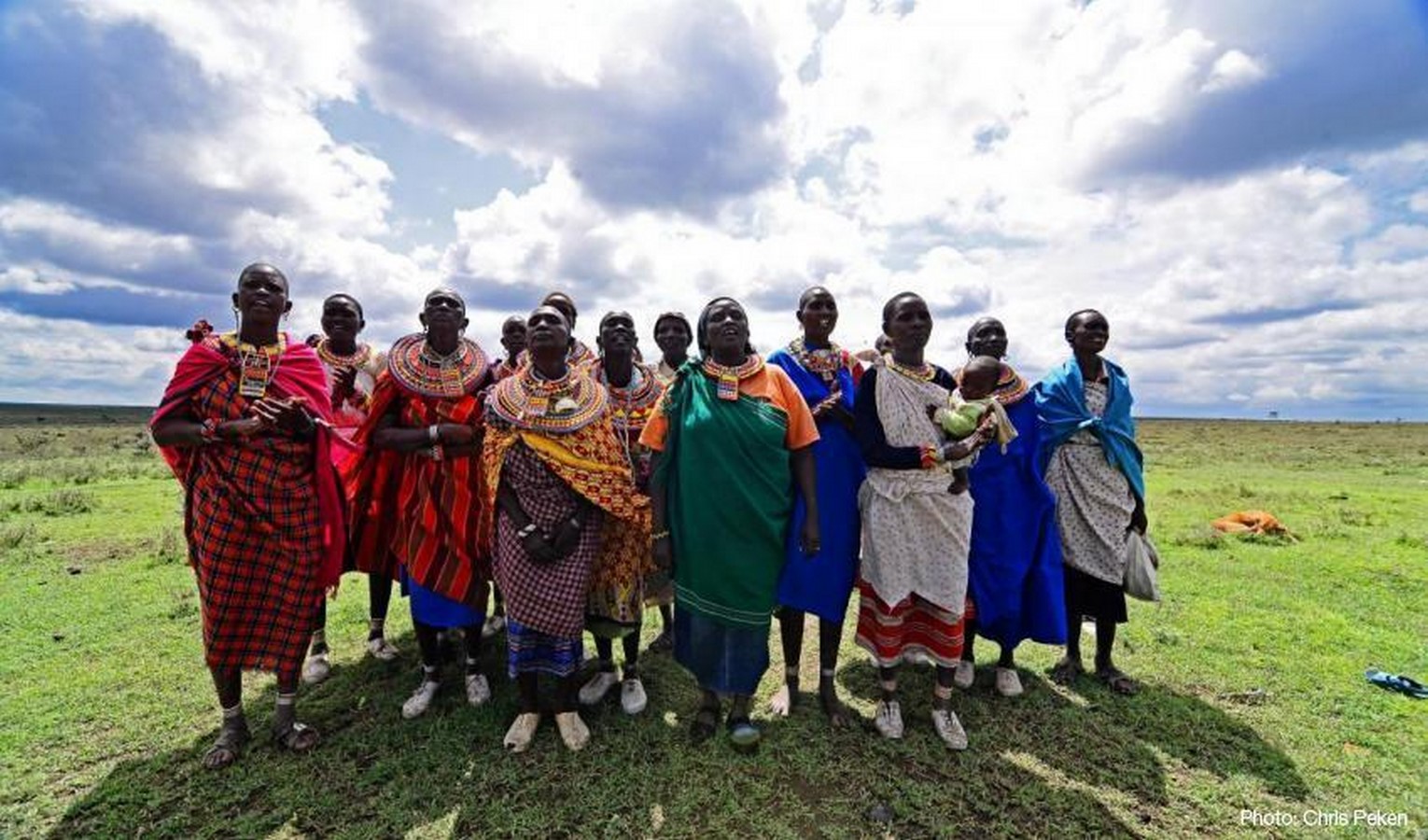
Indigenous Perspectives
Recognizing the significance of marginalized groups and indigenous cultures is essential to appreciate their landscapes and identify worldviews of the same. Communities such as the Maori from New Zealand Australian Aboriginals are examples of indigenous communities whose values and practices are deeply embedded in the interrelationships with terrain with a specific approach towards spatial narratives, cosmology, and place.
To initiate design collaborations, it is essential to respect and recognize indigenous communities’ unique perspectives, traditions, and aspirations. Learning, unlearning, and acknowledging meaningful conversations with the members of the communities help designers and architects understand the indigenous communities’ needs and desires. Hence, designers can avoid stereotypes and preconceived notions and instead work with the community to enhance solutions that resonate with the community traditions and cultures.
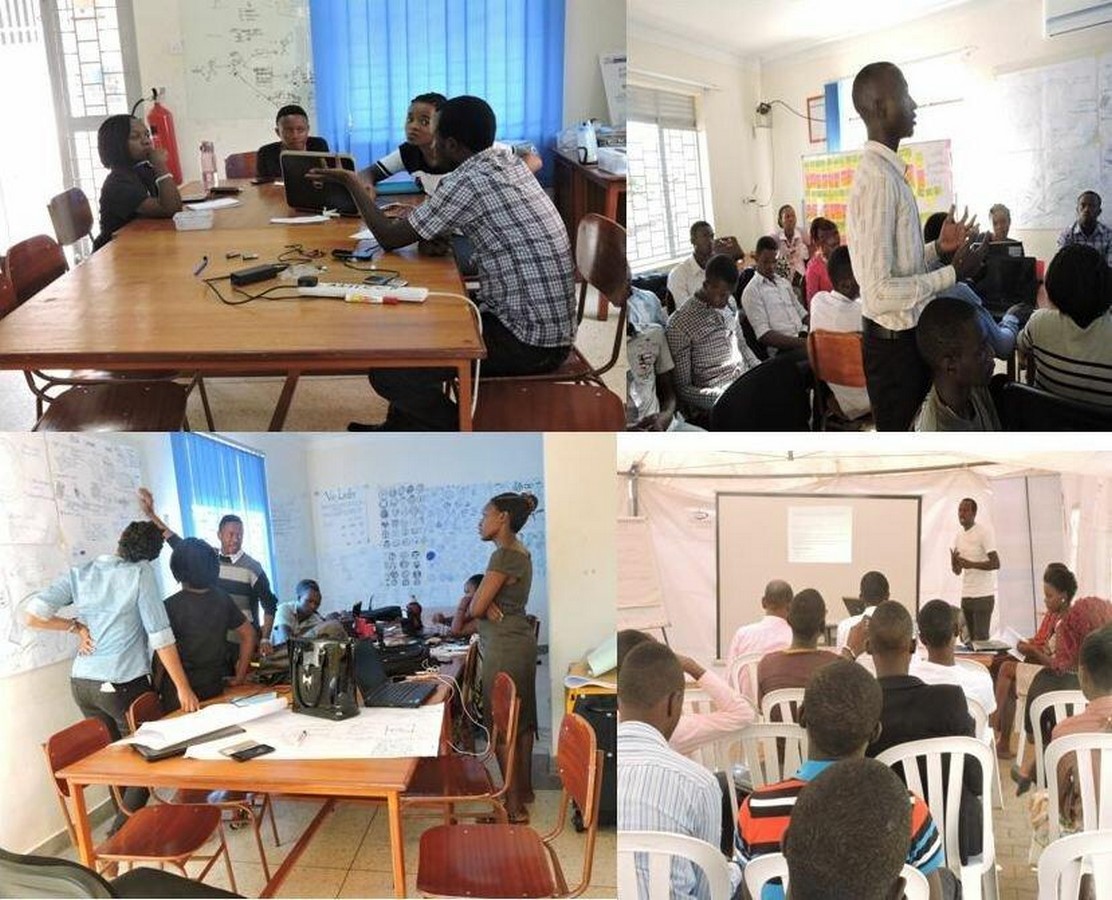
Participatory Workshops and Design
Participatory workshops and design are value-centric approaches in design and architecture. These groups are involved in learning and action processes by focusing on the facilitation of the indigenous communities in decision-making and public sectors. Participatory design is used by the design community when the projects revolve around community building, eco-design, and regional development. Themes revolving around sustainable development also require participation from the marginalized strata to tend to the needs of their habitats.
Providing platforms to interact with fellow designers and indigenous community members facilitates meaningful engagement. Community members actively participate in the design process with hands-on experiences and feedback that enable them to share their experiences, knowledge, ideas, and aspirations. Co-creation workshops can incorporate local expertise and traditional knowledge to develop sustainable and culturally sensitive solutions.
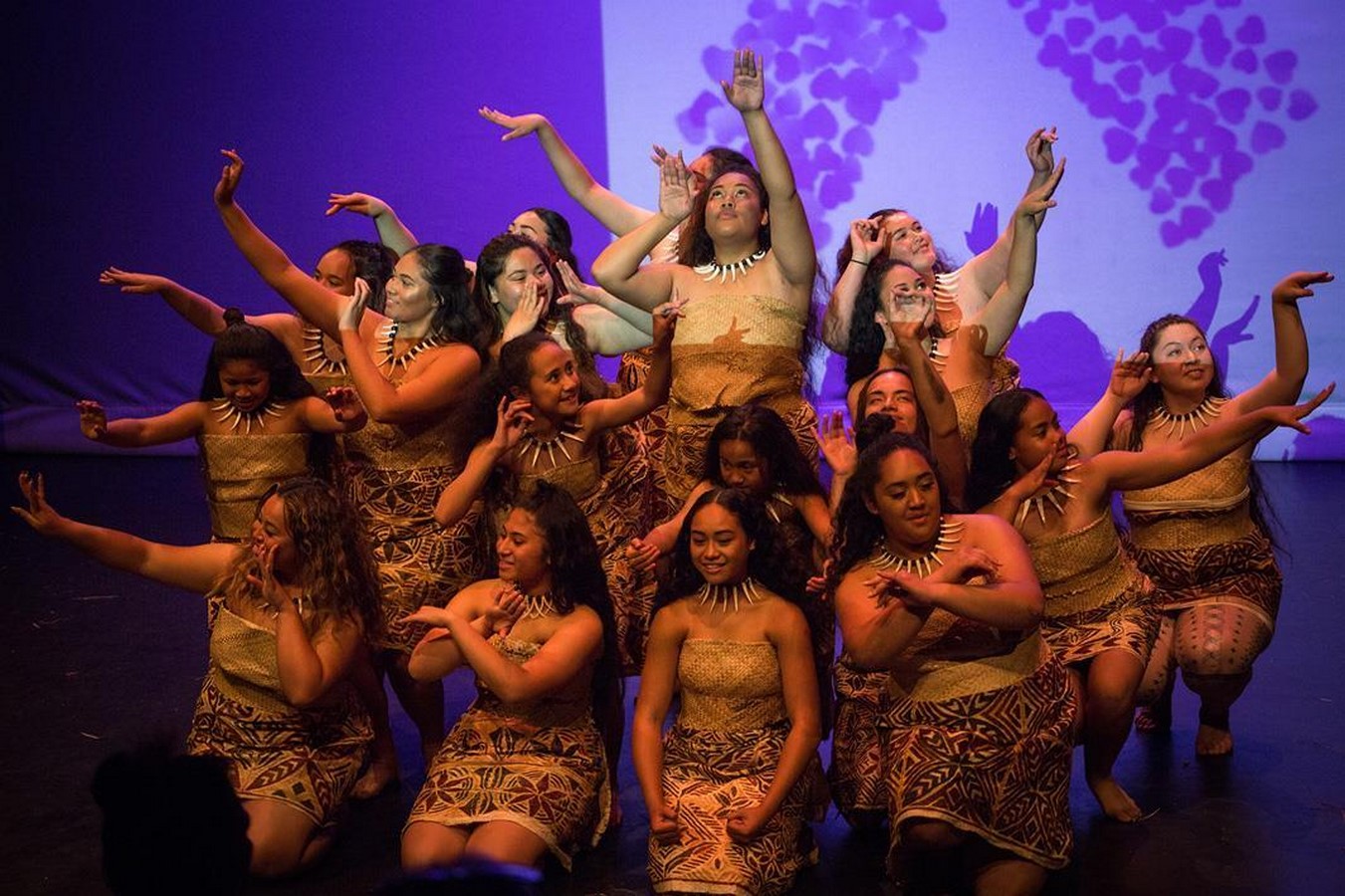
Fostering Trust and Mutual Respect
By engaging with indigenous communities, we earn their trust and respect. Building trust is the cornerstone of any design project. Demonstrating a genuine commitment to the well-being and empowerment of the community establishes mutual respect and communal values. This ensures that decisions are implemented consensually and collectively, ensuring that everyone’s voice is heard and provided a safe space to be valued.
Examples of Collaborative Design Practices with Indigenous Communities
- Matavai Pacific Cultural Arts, Australia: The cultural arts center is a collaborative effort between the Australian Aboriginal community and designers to uphold the Australian landscape’s indigenous communities. The creative hub is focused on promoting and teaching the upcoming generation the cultural values, art forms, and fundamentals of pacific-Aborginal culture through music, dance, and language.
- Panyaden International School, Thailand: A school built in partnership with the local community, Panyaden International School promotes a modern educational ethos with traditional Thai heritage elements of architecture. The school is environment-friendly, utilizing vernacular building methods, renewable materials, and natural ventilation.
- Tla’amin Nation Governance House & Cultural Building, Canada: The cultural centre nestled in British Columbia, Canada, is a living testament to the heritage and culture of the Tla’amin Nation. Designed in close collaboration with the Tla’amin community, the centre offers a sanctuary with traditional materials, recreational spaces, and art galleries exhibiting the culture of Tla’amin.
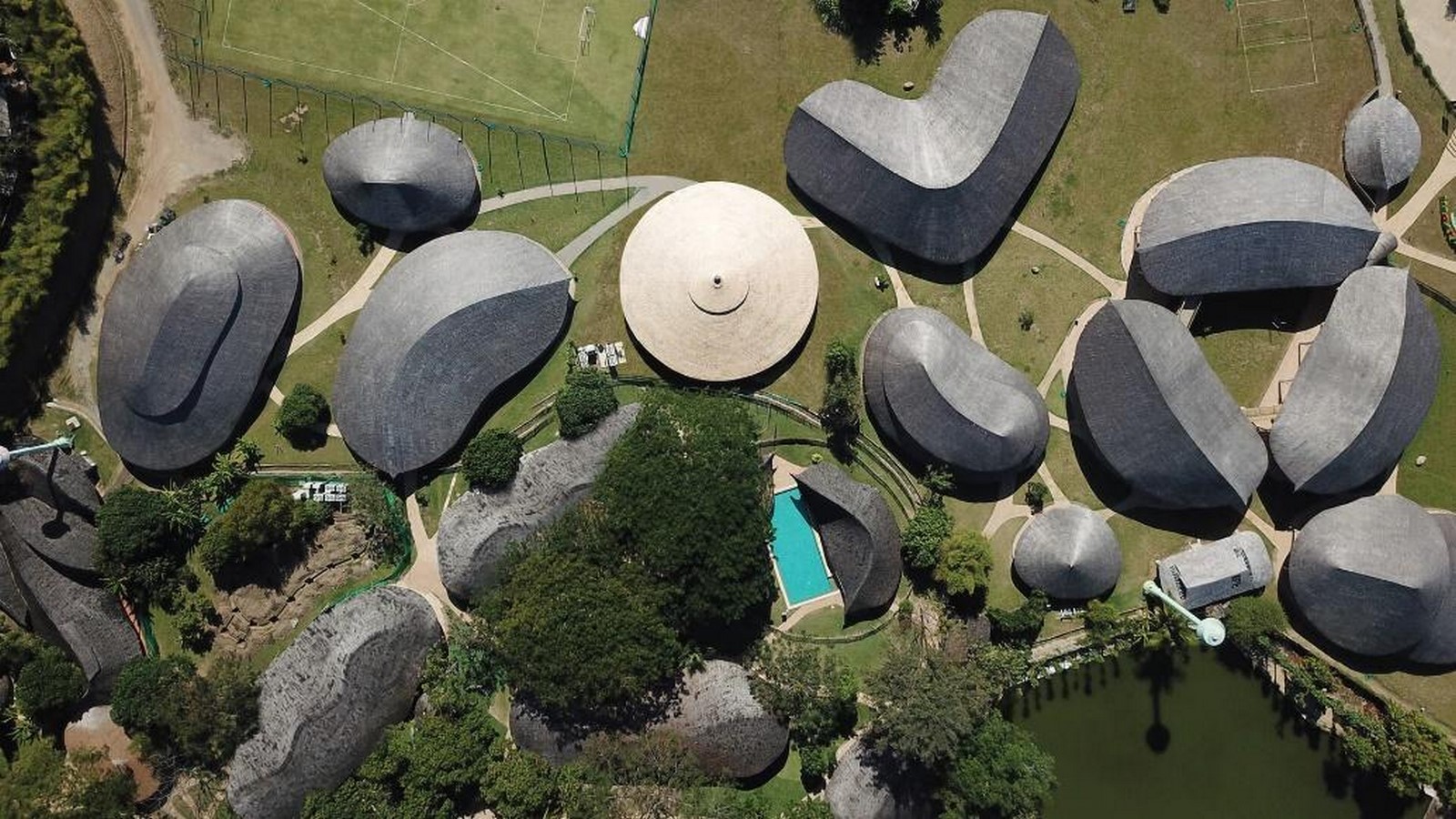
Sustainability and Stewardship towards Nature
Indigenous communities such as the Inuit people of Canada, Greenland, and Alaska are on the brink of destruction due to their lands being flooded or demolished due to local developments. They continue to face difficulty in subsistence, reliving their traditions, and disrupting the wildlife ecosystem in these regions. Groups like them throughout the world’s habitat landscapes are heavily influenced by natural calamities and climate change apart from economic development and urbanization. Moreover, indigenous communities lack educational and professional training to transition to a working economy, so their survival is jeopardized.
Indigenous communities uphold the values and ethics of nature and Mother Earth. Collaborative design practices should prioritize traditional and sustainable design solutions that align with a community’s values. Utilizing locally procured manual labor and materials can minimize the overall environmental impact of construction in the territories. Practicing and incorporating the local practices of rainwater harvesting, fire management, and agroforestry are examples of using indigenous knowledge in collaborative design.
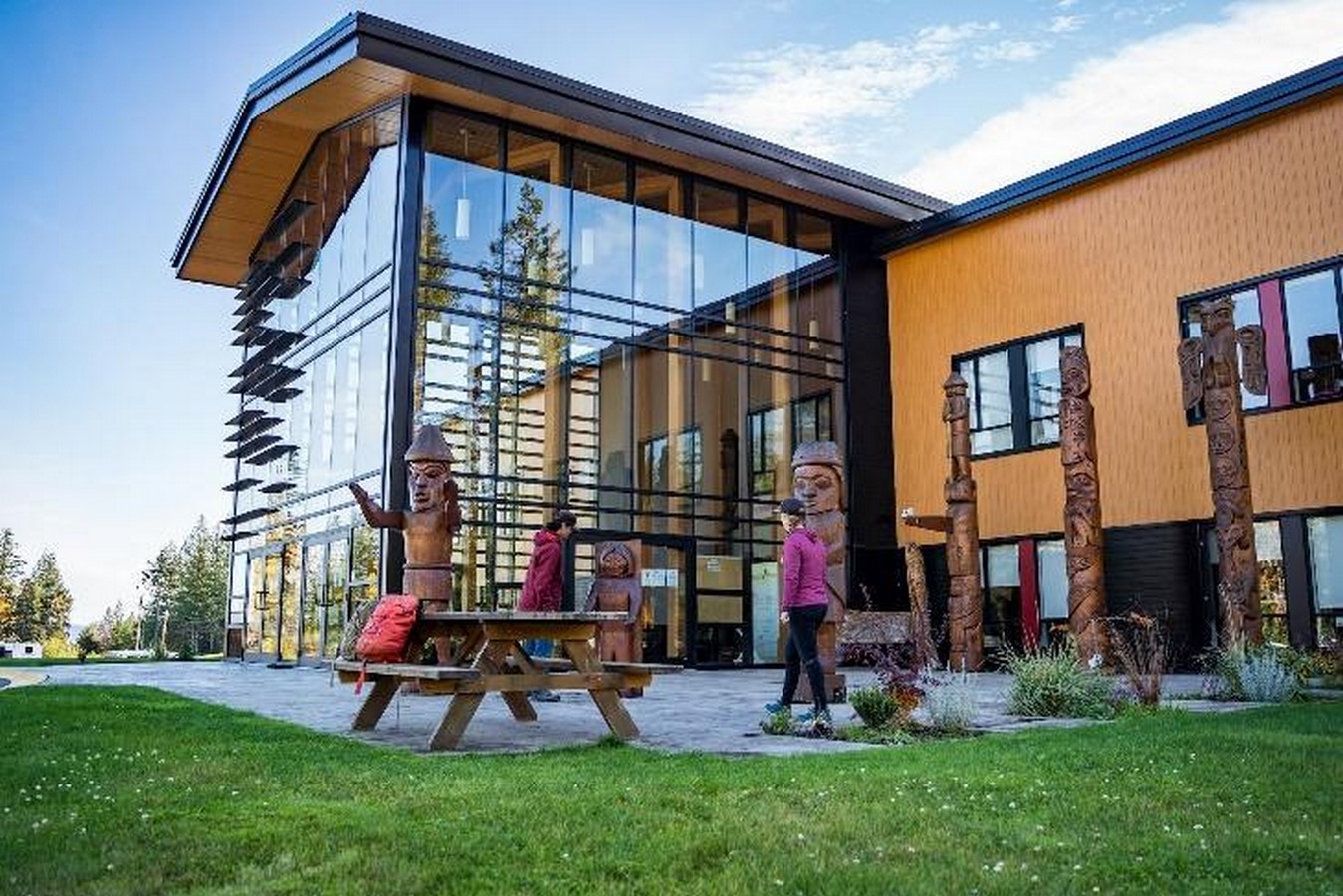
Addressing Socio-Economic Disparities
By collaborating with indigenous communities on design projects, we aim to address the socio-economic disparities within the communities. Creating opportunities for skill enhancement, supporting local artisans and businesses, and implementing sustainable economic initiatives prioritize inclusive financial strategies. Designers can help strengthen a community’s monetary stance and create self-sufficiency amongst the weaker strata, such as women.
Design practices that invite collaboration with indigenous communities offer a framework for creating spaces and movements that honour and appreciate cultural diversity and promote sustainability and inclusivity. It also addressed socio-economic and environmental challenges. By embracing indigenous knowledge, customs, and building practices, designers and architects can foster trust in co-creation and preserve unique cultural heritage. Partnerships like these can forge a path for a safer and more inclusive future for design and living.
References
- STIRworld (2022) Panyaden Secondary School in Thailand features pod-like mud and bamboo forms [Online]. Available at: https://www.stirworld.com/see-features-panyaden-secondary-school-in-thailand-features-pod-like-mud-and-bamboo-forms (Accessed: 13 September 2023).
- Hibbard M., Adkins R. (2013). Culture and economy: The cruel choice revisited. In Walker R., Natcher D., Jolola T. (Eds.), Reclaiming indigenous planning (pp. 70-94). Montreal, Québec, Canada: McGill-Queen’s University Press.
- SAGE Publications (2018) Fostering Landscape Identity Through Participatory Design With Indigenous Cultures of Australia and Aotearoa/New Zealand [Online]. Available at: https://journals.sagepub.com/doi/full/10.1177/1206331218783939 (Accessed: 12 September 2023)
- Utami, L.A. et al. (2022) ‘Participatory Learning and Co-Design for Sustainable Rural Living, Supporting the Revival of Indigenous Values and Community Resiliency in Sabrang Village, Indonesia’, Land, 11(9), p. 1597. doi:10.3390/land11091597.


